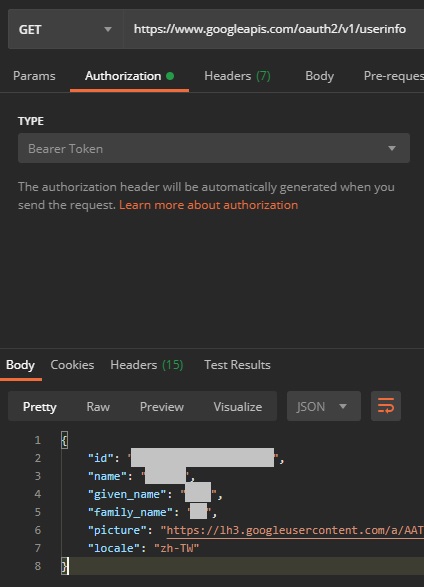Publisher物件可提供事件供其他subscriber物件做訂閱,且一般也會在適當的時機點取消訂閱,
但如果只訂閱但沒有取消訂閱,會讓程式memory leak嗎?
我將情境分為以下4種:
1. Publisher生命週期較subscriber長,subscriber有取消訂閱。
2. Publisher生命週期較subscriber長,subscriber沒有取消訂閱。
3. Publisher生命週期較subscriber短,subscriber有取消訂閱。
4. Publisher生命週期較subscriber短,subscriber沒有取消訂閱。
Subscriber使用下圖的Log類別,Log訂閱Server的ServerConnected事件:
以下依序列出測試結果,這裡使用VS內建的記憶體快照來確認物件是否已GC:
1. Publisher生命週期較subscriber長,subscriber有取消訂閱:
2. Publisher生命週期較subscriber長,subscriber沒有取消訂閱:
3. Publisher生命週期較subscriber短,subscriber有取消訂閱:
4. Publisher生命週期較subscriber短,subscriber沒有取消訂閱:




















